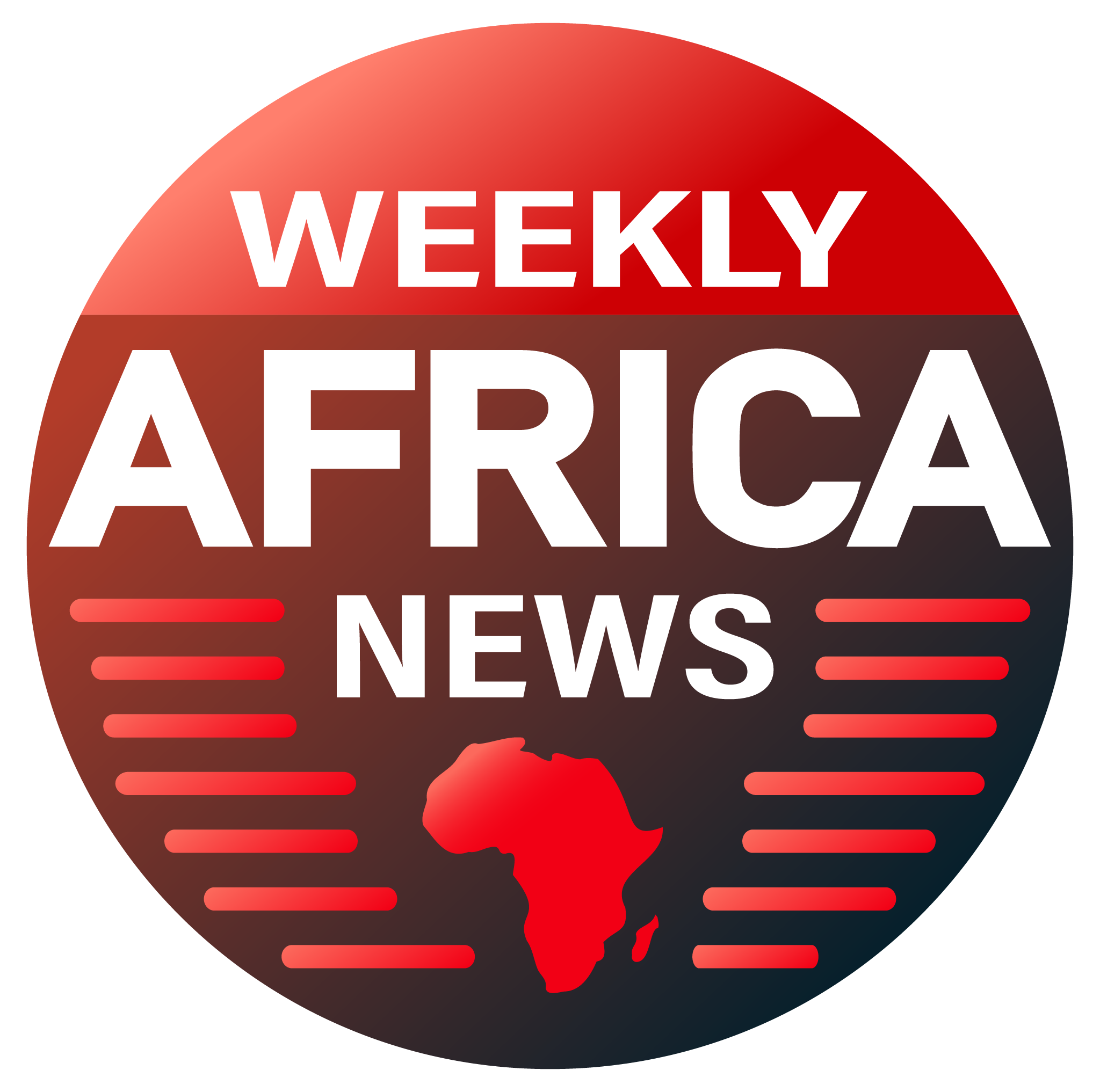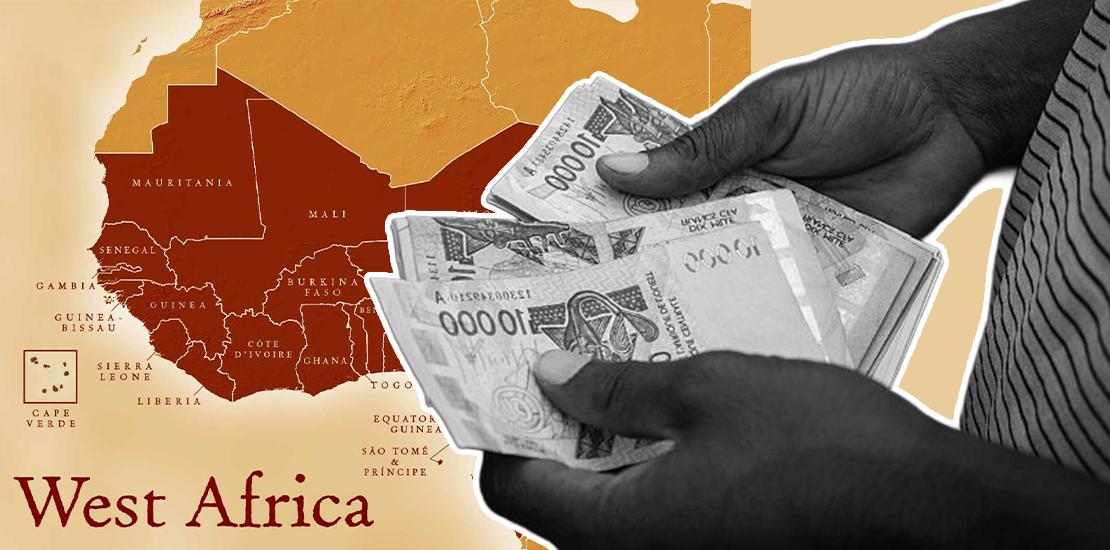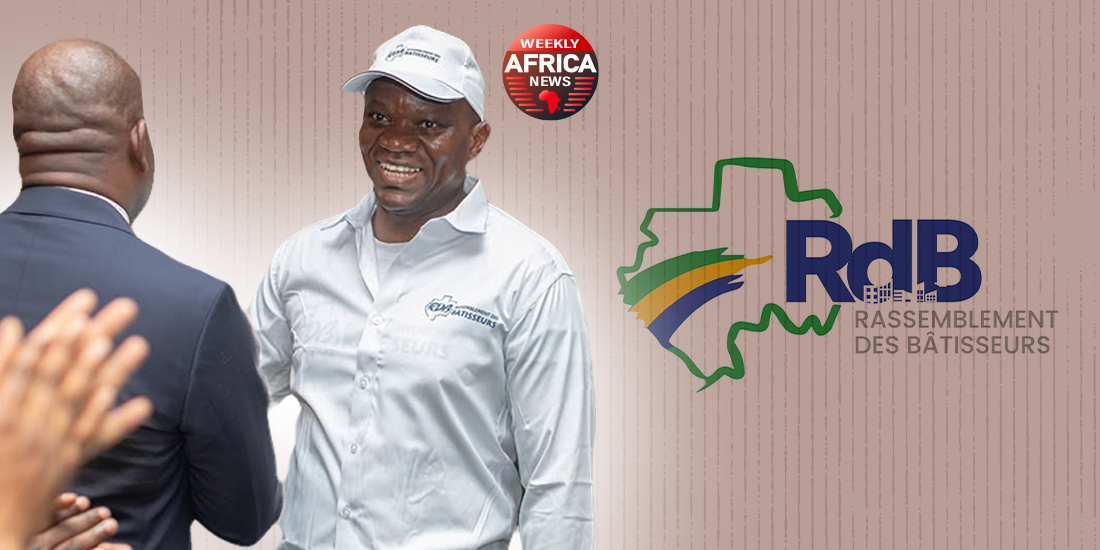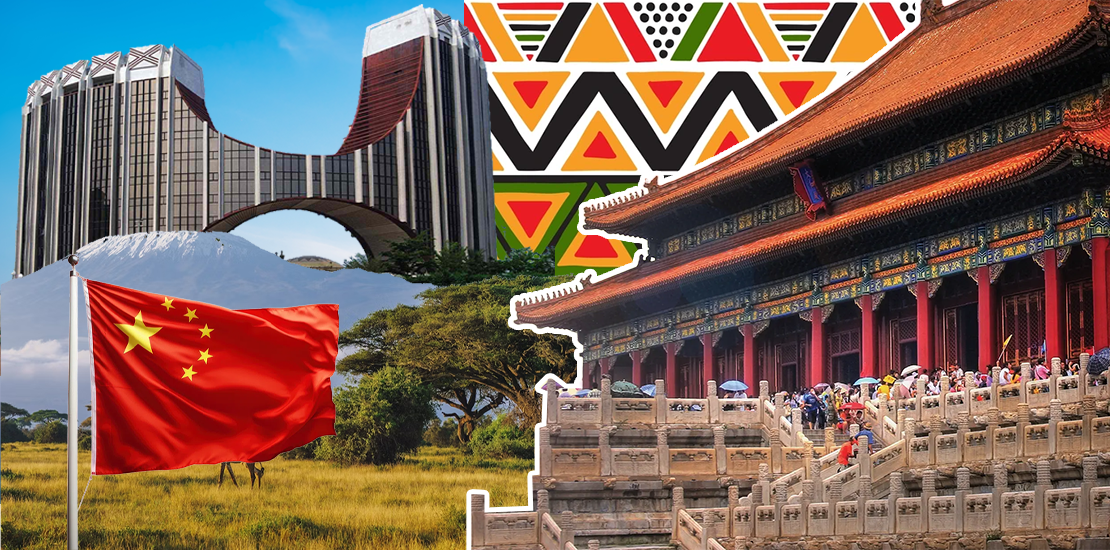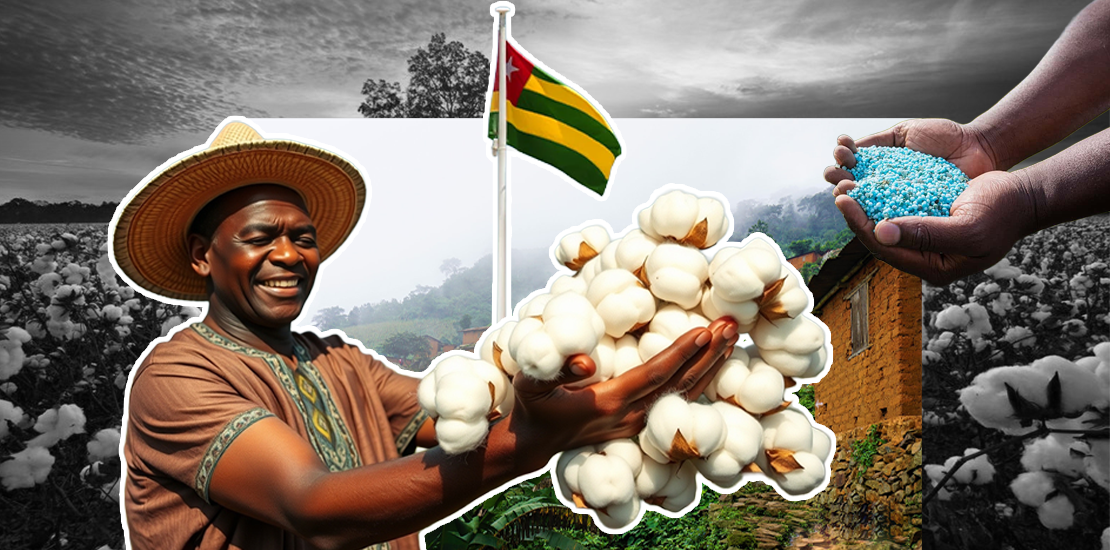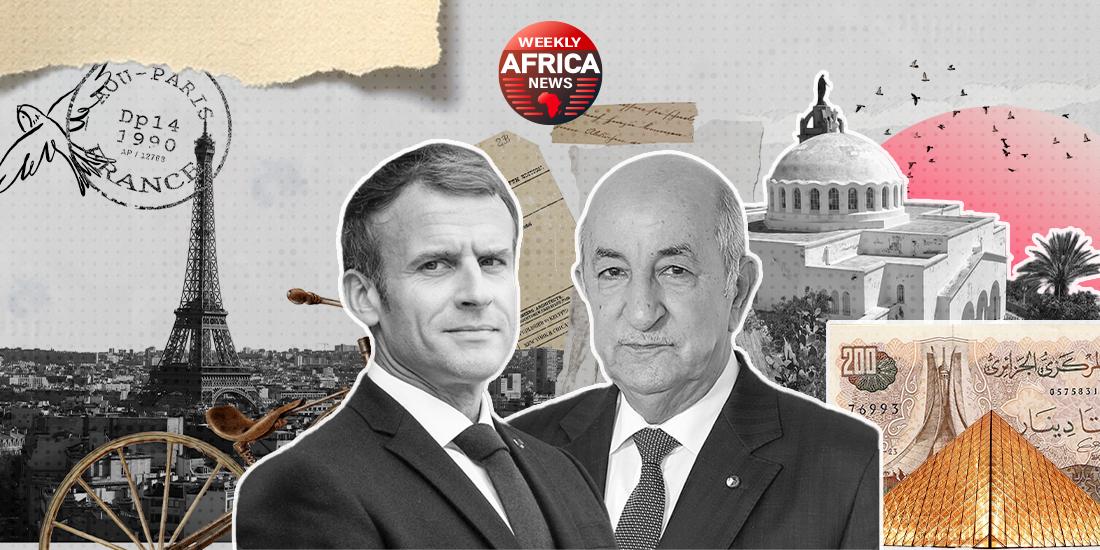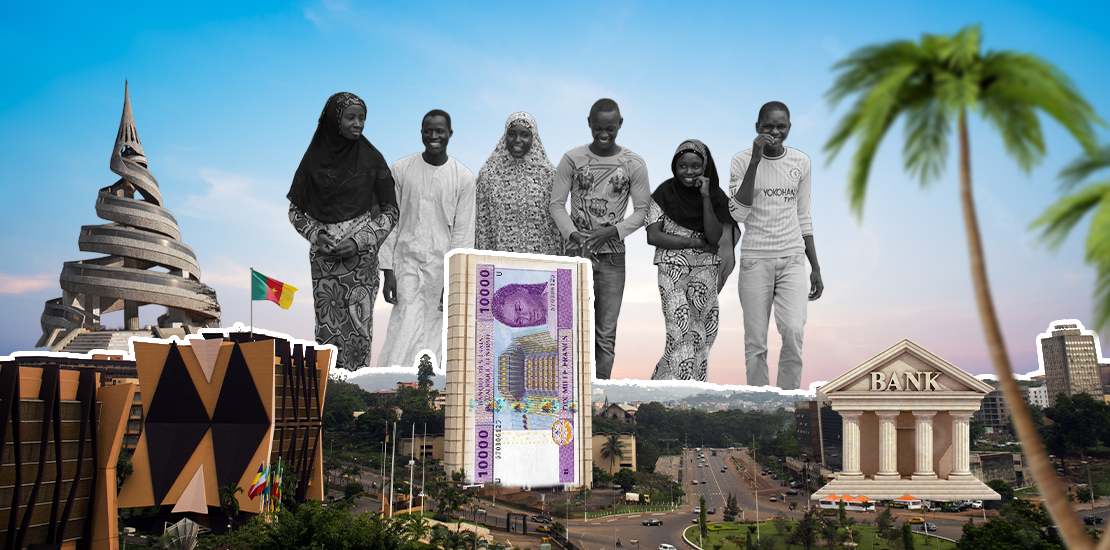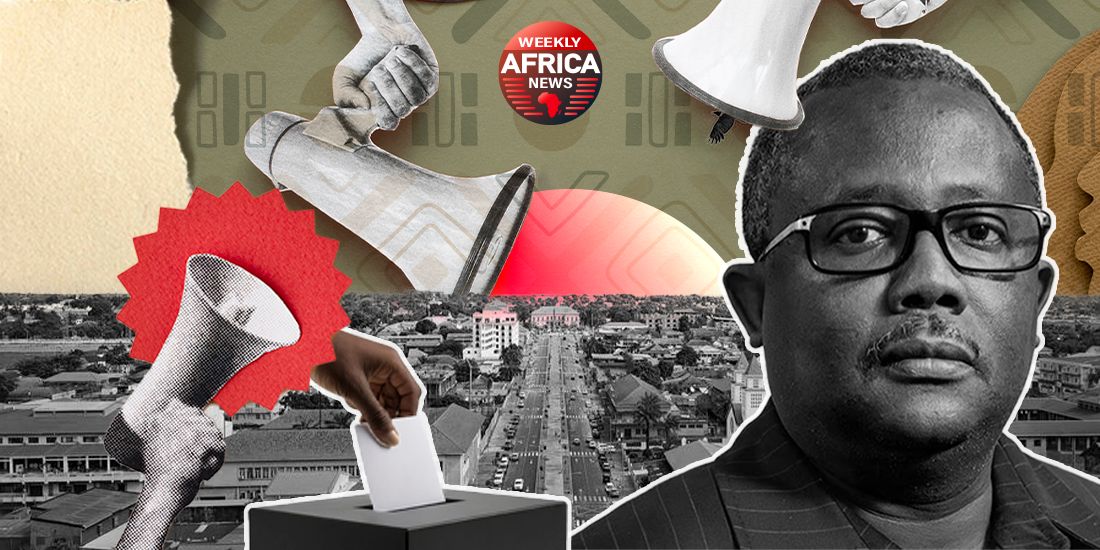In the east of the Democratic Republic of Congo (DRC), the political economy of strategic minerals is written in the interstices of provincial power. In the shadow of the governorates, a mosaic of players (local companies, security services, buying houses and administrative authorities) lubricate parallel circuits where gold and coltan evade taxation, finance war and feed political clienteles. At the heart of these arrangements, governors play the role of arbitrators, facilitators or indirect beneficiaries, as the case may be, by instituting opaque levies or tolerating smuggling chains that stretch as far as Asian markets.
A decisive proportion of the gold and coltan mined in Ituri, North Kivu and South Kivu is drained from legal channels. Flows follow well-marked routes to Rwanda and Uganda before feeding regional refineries and, in the case of coltan, smelters and processors in Asia, mainly China. The tax losses for the Congolese state are considerable, while local politico-military players capture the rents. This architecture is not new; however, it has become denser with the militarization of the provincial administration and the rise of armed groups controlling key deposits.
The M23’s takeover of Rubaya in the spring of 2024 turned a global logistics hub on its head: a substantial proportion of the world’s coltan comes from this district. Since then, a “parallel mining administration” has been organizing taxation, controlling traders and escorting shipments. Cross-checked testimonies from industrialists and diplomats suggest that, from May 2024 onwards, dozens of tonnes of ore were leaving the district every month for Rwanda, where it was aggregated with local flows and then exported. This contamination of the supply chain benefits intermediaries close to the transit authorities and thwarts traceability mechanisms. For the provincial elites, the interest is twofold: to retain financial leeway via unbudgeted “taxes” and to maintain local loyalties, including within the security services.
In Ituri, UN experts have established that gold mining escapes the administration on a massive scale, generating significant annual revenues for armed groups and criminal networks. Elements of the regular forces have, in some places, been involved in the “framing” of sites or the protection of private interests, diverting resources that should fund public security. The gold then follows well-known routes: informal comptoirs, border crossings to Uganda or Rwanda, then smelting in regional refineries. Once smelted, the alloy blends with other origins; it can transit through the Gulf and reach the major trading centers that redistribute to India and China. International sanctions have begun to target certain links in this system, but the plasticity of the networks remains.
The Shabunda territory illustrates the persistence of patterns discovered almost a decade ago: opportunistic alliances between semi-industrial operators, local notabilities and armed groups to secure access to gold. Provincial authorities have at intervals announced suspensions of operations, deployments of “mining police” and calls for fiscal compliance. But on the ground, the multiplication of local royalties, discretionary authorizations and mixed control units maintains an ecosystem where the boundary between regulation and rent remains porous. In this context, front companies (registered cooperatives, “approved” comptoirs) often serve as vehicles for provincial political interests, while fractions of public units “self-finance” through roadblocks and paid escorts.
Public reports concur: the value of artisanal gold leaving eastern Congo undeclared runs into hundreds of millions of dollars a year. Export data suggest structural discrepancies: low official Congolese volumes on the one hand; spectacular leaps in gold exports to transit countries on the other. On the coltan side, the sudden arrival of volumes from rebel-controlled areas has led to a surge in concentrate outflows to Asian processors. The bottleneck is not technical, as tantalum metallurgy is standardized, but documentary: the mix of “certified” and uncertified flows blurs the trail, and due diligence systems are flawed when local transit authorities are themselves involved.
How are profits hidden? Firstly, through the proliferation of parafiscal levies at provincial level (road taxes, “control fees”, stamps and ad hoc permits), some of which are neither traced nor passed on. Secondly, by granting titles to local entities linked to governors’ entourages or officers, who then subcontract to informal traders. Finally, the involvement of members of the public forces who, in return for payment, ensure the smooth flow of traffic and site security. The centerpiece remains the buying house: legally visible, socially integrated and financially flexible, it swallows artisanal production, aggregates it, administratively clears it, then redispatches it to regional hubs.
The stakes go beyond the DRC. Tantalum is strategic for power electronics and defense; gold remains a global financial asset. Demand from Asia, and especially China for tantalum, gives these flows market depth. Transit countries capture refining and commission margins, while downstream multinationals hide behind compliance schemes that struggle to pierce the opacity created at source. Western “responsible chain” initiatives, while they have reduced certain risks in tin and tungsten, come up against the unique combination of gold value, persistent conflict and local institutional capture.
The Congolese state loses revenues that could fund schools, roads and hospitals. Mining communities remain locked in arbitrariness: illegal taxes, precarious work, health hazards. The competition between armed networks and segments of the state apparatus to capture the rents sustains a circular violence; it also weakens governors who attempt reforms, exposed to coalitions of conflicting interests.
In the final analysis, sporadic announcements of suspension, mining police patrols and communiqués from buying houses are no longer enough. What the situation calls for is continuous external control: (1) independent traceability at source, audited by third parties with no links to provincial authorities or local operators; (2) publication, in near-real time, of aggregate volumes by comptoir, province and border post; (3) mandatory transparency on the beneficial owners of all entities holding titles or approvals ; (4) rigorous alignment of regional hubs and Asian processors with these requirements, with automatic sanctions in the event of non-compliance; (5) a reinforced financial investigation mandate, backed by the Congolese justice system but steered by independent international experts. Without these safeguards, gold and coltan will continue to finance a local order in which the civil service serves as a screen for private rents, and the governorates, far from cleaning up the industry, become its pivotal points.
